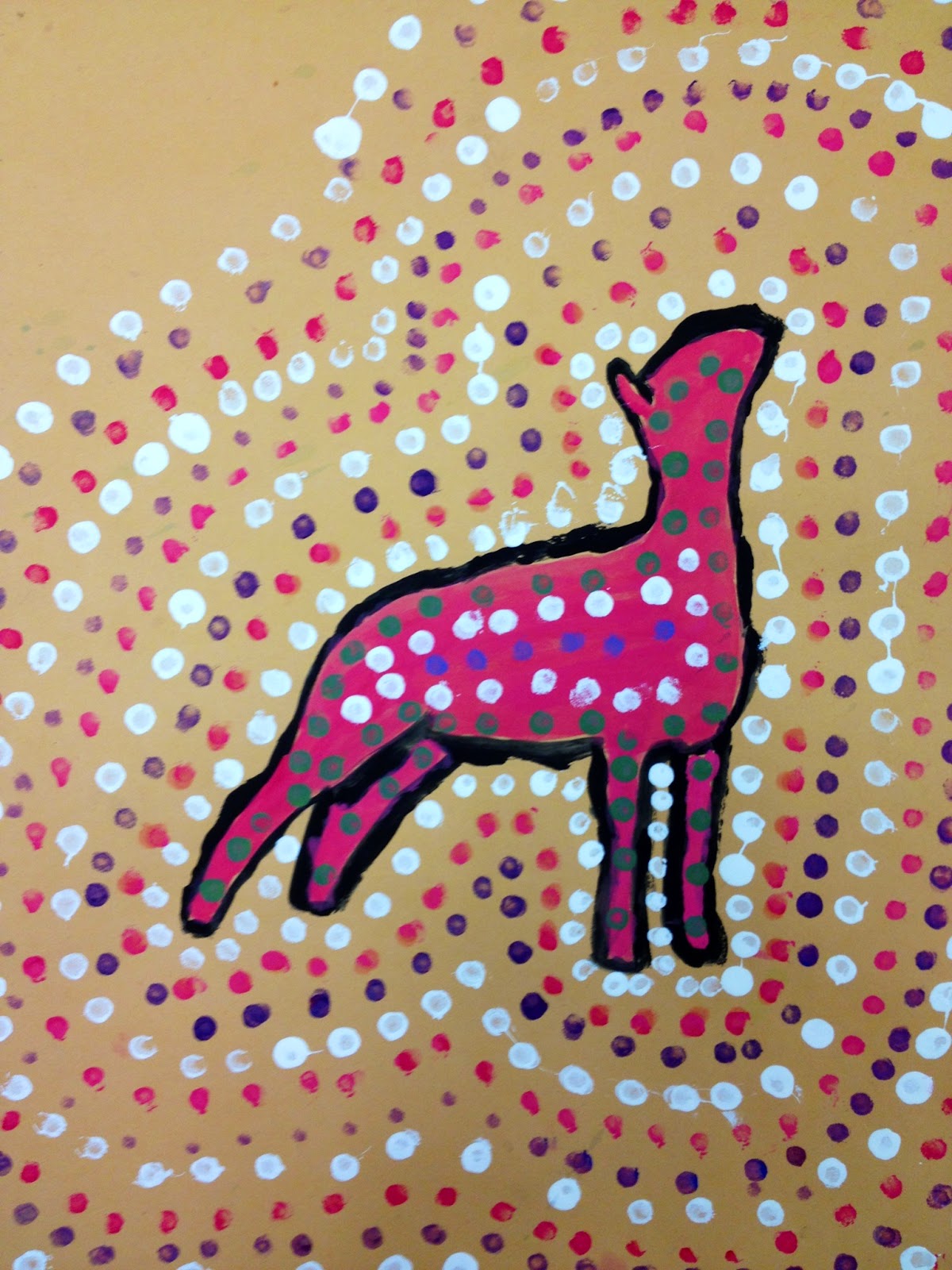















 |
| Henri Matisse, Still Life with Magnolia (1941) |
 |
| William Claesz Heda, Still Life with Oysters, a rummer, a lemon and a silver bowl (1634) |
.JPG)
 |
| Arthur, Kindergarten |
 |
| Emma, Kindergarten |
 |
| Ella, Kindergarten |
.JPG) |
| Sadie, 5th Grade |

.JPG) |
| Saleena, 4th Grade |
.JPG) |
| Eleni, 5th Grade |
.JPG) |
| Ashley, 4th Grade |
.JPG) |
| Anas, 5th Grade |
.JPG) |
| Kelsey, 4th Grade |
.JPG) |
| Catherine, 5th Grade |
.JPG) |
| Esmeralda, 4th Grade |






 |
| Cicily, 3rd Grade |
 |
| Sidney, 3rd Grade |
 |
| Nikolas, 3rd Grade |
 |
| Tiffany, 3rd Grade |